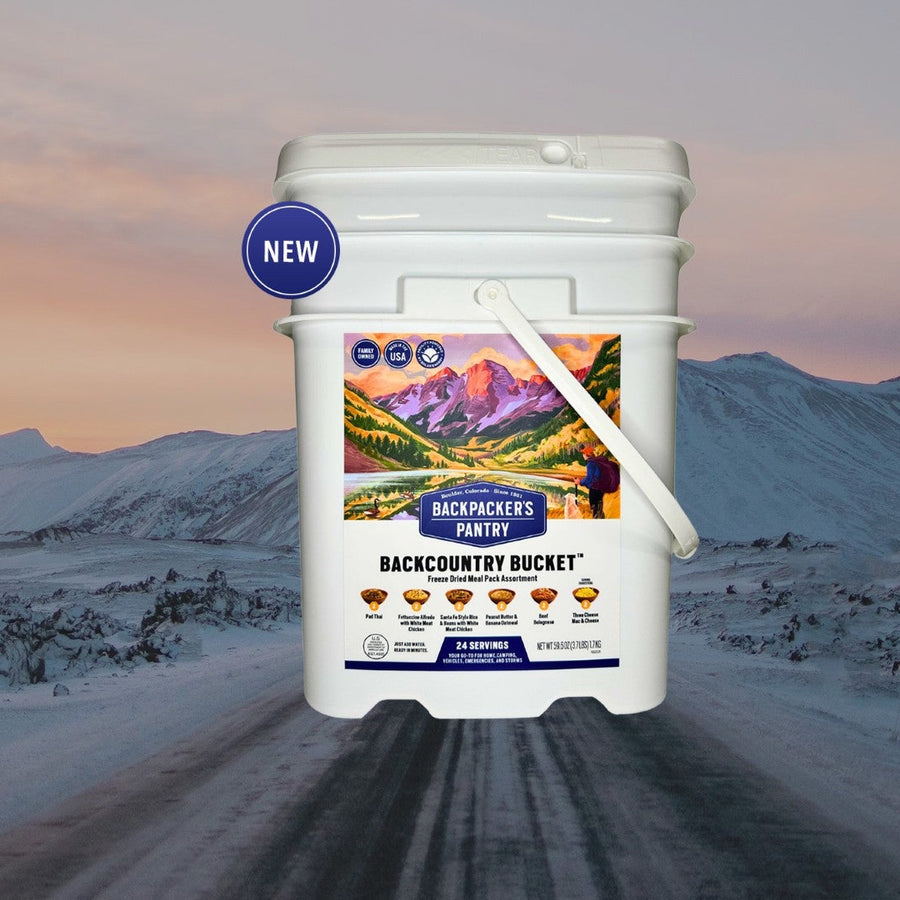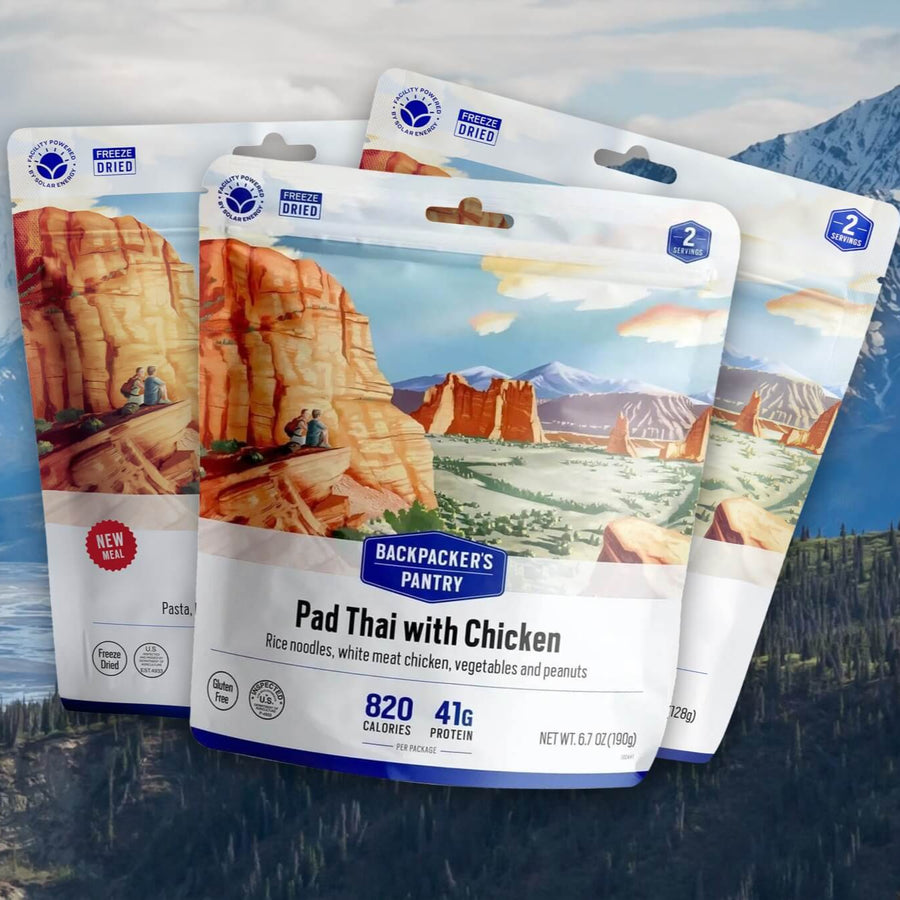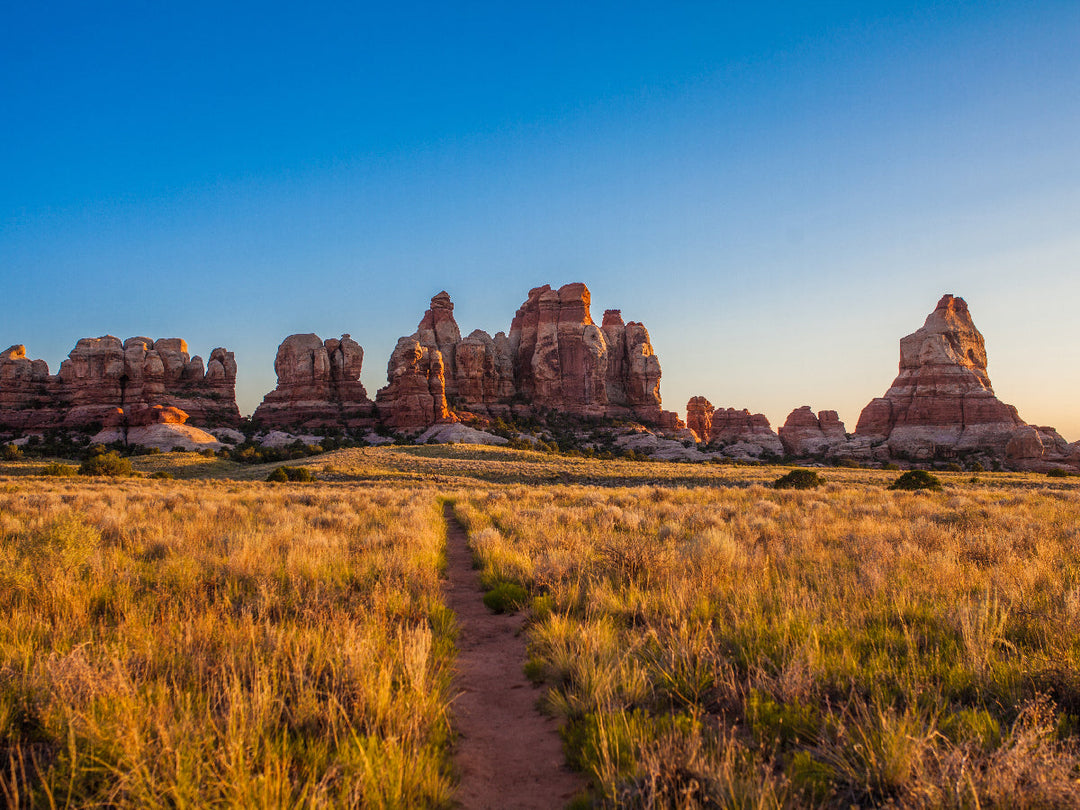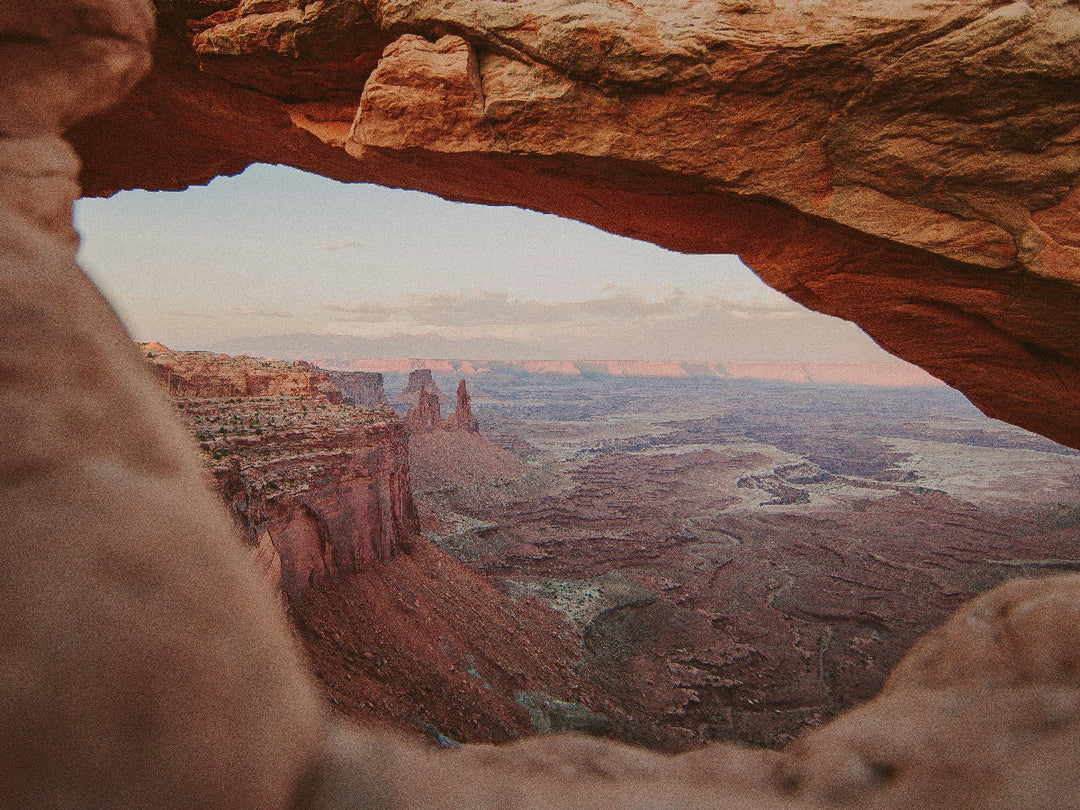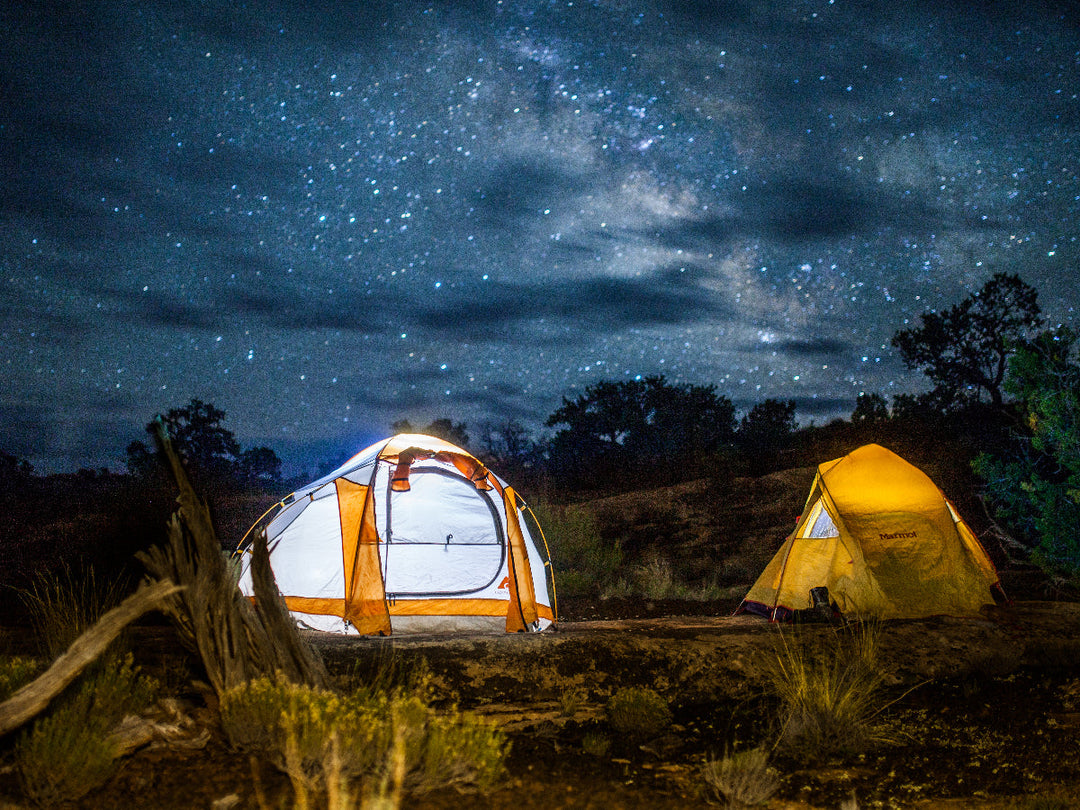The Best Campgrounds & Backcountry Campsites in Canyonlands National Park
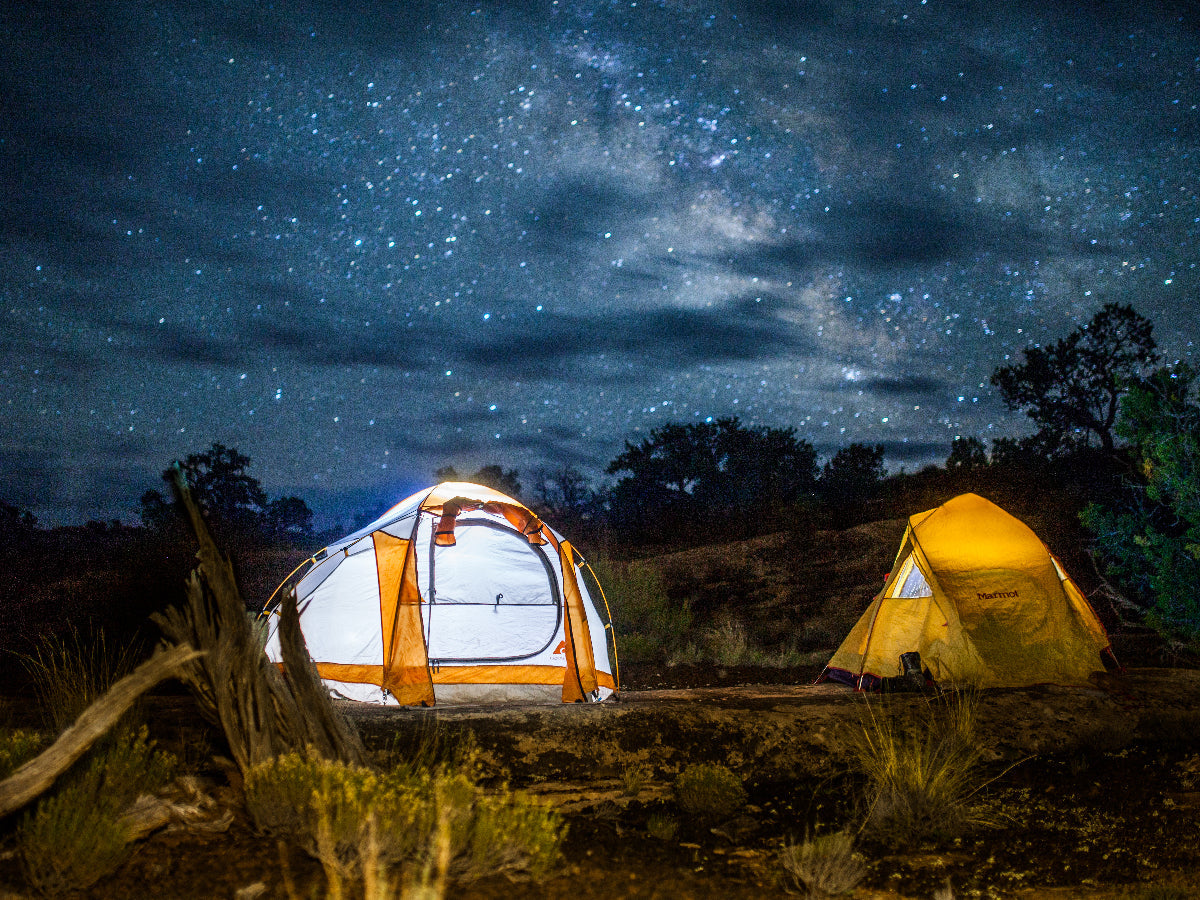
There’s something uniquely special about the desert camping experience. The stars feel closer, the earth feels smaller, and the cosmic beauty is even more overwhelming than usual. So if you’re looking for a great desert camping experience, Canyonlands National Park should be on your short list. It’s got camping options for everyone, from established, family-friendly campgrounds, to remote, primitive backcountry sites.
Canyonlands makes things simple with two general modes of camping. There are two established campsites, and three “dispersed backpacking zones.” The established campsites have tent pads, picnic tables, and fire rings, whereas you can choose your own campsite anywhere within a backpacking zone, as long as you follow the park guidelines.
While you can camp year-round in Canyonlands, most folks visit during the spring, summer, and fall. Campsites and backcountry permits are more in demand during those seasons, so planning ahead will pay off. We’ll dive into all the permits, reservations, and other info you’ll need later in this piece.
The Best Campgrounds in Canyonlands National Park
Island in the Sky Willow Flat Campground
Description: The Willow Flat Campground is a great base area for exploring the Island in the Sky region of the park. It’s the smaller of the two campgrounds, and doesn’t have water - you’ll have to load up at the Visitor Center on your way.
Directions
Fees and Permits: $15 per site
Reservations: First-come, first-served
Needles Campground
Description: If you’re camping with a group, the Needles Campground is the place to be. It’s home to three group sites, as well as 26 regular sites, and has great access to the Needles region of the park. It has potable water seasonally, as well as seasonal flushing toilets.
Directions
Fees and Permits: $20 per site
Reservations: Reservation-only spring through fall, first-come first-served during winter

The Best Backcountry Camping in Canyonlands National Park
The Needles
The Needles is the most popular zone for camping in the park. That’s because of the easy access to hikes and great views. Campsites in this zone are very competitive and require advance reservations.
Fees and Permits: $36 per site + $5 per person
Reservations: Reservation-only, in high demand during spring and fall
Island in the Sky Backcountry Zone
Description: The Island in the Sky Zone is less popular than Needles, because most campsites here are less accessible. That means you’re much more likely to get a good spot, and have a special secluded experience.
Fees and Permits: $36 per site + $5 per person
Reservations: Reservation-only, lower demand
The Maze Backcountry Zone
Description: The Maze is the least accessible and the most exclusive area of the park. Accessing it requires driving rugged 4x4 roads, followed by a long hike, or a jet boat shuttle. But once you’re there, the stark beauty of the park makes it all worth it.
Fees and Permits: $36 per site + $5 per person
Reservations: Reservation-only, lower demand
The Best Season to Camp in Canyonlands National Park
There’s a reason that campsite reservations are hardest to get in the springtime. Canyonlands is at its best just as the days start to get longer and warm up. While you can visit the park year-round and have a great time, spring and fall provide the least harsh conditions. Winter is beautiful, but austere, with very cold nighttime temperatures and the potential for ice and snow. Summer is predictably hot, which, combined with the lack of water, makes for an exhausting experience.
Canyonlands Weather Considerations
Generally, the weather in Canyonlands is pretty consistent, but it’s worth remembering that changes in the desert happen quickly. It’s not uncommon for the temperature to jump or drop 40° in just a few hours, so come prepared with warm clothes, and a thick sleeping bag.
When it does rain, the landscape changes considerably, and flash flooding and lightning strikes can be an issue. Make sure to keep an eye on the weather and react immediately to precipitation.
Safety, Wildlife & Hazards
While bears do occasionally enter the park, bear canisters are not required. However, it is a good idea to store your food safely so that smaller mammals don’t get to it.
There are venomous rattlesnakes, scorpions, and spiders in the park, and while they’re usually not an issue, they can be attracted to the heat of your tent. Be aware when getting up and putting on your shoes in the morning.
Finally, water changes the desert landscape quickly. A little bit of rain can turn into a flash flood, and there are few places to hide from lighting. Do not try to cross running water, and remember that many roads become impassable after rainstorms.

What to Bring & How to Pack
When you’re packing for a camping trip in Canyonlands, it can be helpful to imagine you’re packing for two very different scenarios. The first is daytime. Lots of sun, very little shade, very warm. The second is evening, night, and morning. Those darker periods get very cool. So pack your sunscreen, sun shirts, tons of water, and electrolyte and salt tablets to make sure you stay hydrated. But also, pack your puffy slippers, insulated pants, and a thick jacket so that you can hang out at night comfortably. We’ve put together this guide to packing for a backpacking trip and it gives a great place to start, with allowances to go warmer, and more sun-aware.
It’s very easy to get shockingly cold at night, so bring a heavy sleeping bag and a thick pad. We’ve put together this guide to sleeping better outside, and it’s especially relevant in the desert. As soon as the sun sets, the heat seeps out of everything, and you’ll want to be prepared.
There is very little cell service in Canyonlands, but your phone is an invaluable tool for research and navigation. We’ve put together a helpful list of apps for planning and navigation. Most of these tools have offline modes that download all the necessary data so that you can still use their most important features without cell service. Plan ahead and you’ll be set.
Desert camping often has a lot of downtime - it’s hard to stay moving through the heat of the day. So instead, you end up spending a lot of time at camp. Make it count by planning delicious dinners and cut the chill of cold mornings with a hot cup of coffee.
Finally, make sure to bring plenty of wag bags and toilet paper. You’ll need to carry out your own waste so be prepared with all the gear you’ll need.
Canyonlands Camping Permits and Regulations
You’ll need to pay $30 per car to enter the park. Additionally, you’ll need to pay for your established campsite ($15-$20) or backcountry permit ($36) plus a $5 fee per person per night. There are some holidays where the park entrance fee is waived.
While you can have campfires in designated fire rings at established campsites, there are no fires allowed in the backcountry.
The cryptobiotic desert soil is very delicate, so stay on established trails, or hard rock surfaces. Never hike or camp on the desert crust. Additionally, you must stay at least a mile away from roads, and 300 yards away from water and historic sites when choosing a backcountry campsite.
Part of the magic of Canyonlands is that it’s a bit of a choose-your-own-adventure park. There’s no one plan that works well for everyone. So do your own research, and find activities that make the most sense for your goals.
Finally, all human waste must be collected and carried out. Leave no trace, on top of the soil, or under it.
